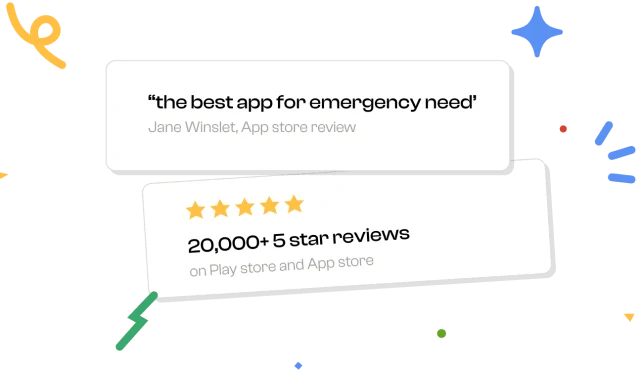The interest rates that banks offer are usually positive. But could there ever be such a thing as a negative interest rate? Read on to find out more.
How do negative interest rates happen?
Under normal circumstances, a bank would pay you for depositing your money with them. A bank earns revenue by lending the money you deposit to others. So, for your investment, they give you some of that revenue in the form of a percentage of your deposit. You can earn up to 5.00% APY — that’s 11x the national average — with Beem.
But will interest rates ever go in the negative? Will a bank start charging you for keeping your money with them? The straightforward answer is “no”. Banks already levy fees for the various services they provide. Therefore, they are highly unlikely to charge you an interest rate for putting money into your savings account.
The current average rate of interest for savings accounts in the US is around 0.06%. This is a very low number, but it is still positive. That said, there are plenty of other financial institutions that offer much higher rates. For example, if you open a savings account with an online bank, you may receive interest as much as ten times the national average. The same goes for high-yield savings accounts as well.
When do negative interest rates happen?
Yes, there are countries that have tried applying negative interest rates on an experimental basis. Japan and Europe tried this to boost their economy. Banks were incentivized to make customers borrow more money rather than keep it in their accounts.
By introducing a negative interest rate, their aim was to make people borrow and spend rather than hoard up cash. This consumer spending would prevent large cash reserves from piling up in the central bank and would contribute towards economic growth instead.
However, this is a seemingly good option for people wanting to borrow money and not for those who are looking to save it. And while it may have been employed by a few countries, the Federal Reserve has firmly stated that the US will not see a negative interest rate being implemented.
What is the impact of negative interest rates?
Nobody wants to have negative earnings on their bank deposits. Implementing a negative interest rate could have the following impacts:
- Customers will not deposit money in bank accounts.
- Rather, they will withdraw their funds and either keep them in cash with them or put them into bank lockers.
- Money that is held in hand will not earn any interest.
- In fear of future uncertainties, customers may be wary of spending their cash in hand.
- This non-spending situation will arrest economic growth rather than boost it.
Do savings account interest rates change? Why?
The Federal Reserve decides the rate at which banks are allowed to lend the excess funds they have. These excess funds are the additional cash reserves that banks have which can be used to help out other financial institutions. The rate that the Federal reserve sets is known as the Fed rate.
This rate is reviewed every six months and is mostly left unchanged. If the economic conditions are falling, this rate may be lowered to give the economy a boost. Or if inflation is growing, this rate will increase.
Banks usually change the interest rates on savings accounts only when the Fed rate changes. However, they are also free to change it of their own will. In any case, the interest rates in the US will not be negative. However, customers must know that banks charge various fees for their services.
How do bank charges impact my interest rate?
Bank charges do not directly impact your interest rate. But they impact the earnings you get on your deposit. For example, if your interest rate is 0.06% and the bank charges you say $10 every month, unless you have a large enough bank balance, you will essentially be paying the bank to keep your money. This eventually works out to be a negative earnings rate on your deposit.
What can I do to reduce bank charges?
Here are a few points that may help reduce your monthly bank charges:
- Look for banks that offer savings accounts without a monthly fee.
- Some banks don’t charge a fee if you maintain a specified minimum balance. See if these are feasible options.
- Look for accounts that come with free ATM withdrawals.
- Don’t withdraw over the checking limit.
While the US may never see negative interest rates, be sure to invest money in accounts that offer the best returns. Beem helps you grow your money with no hidden costs.


























